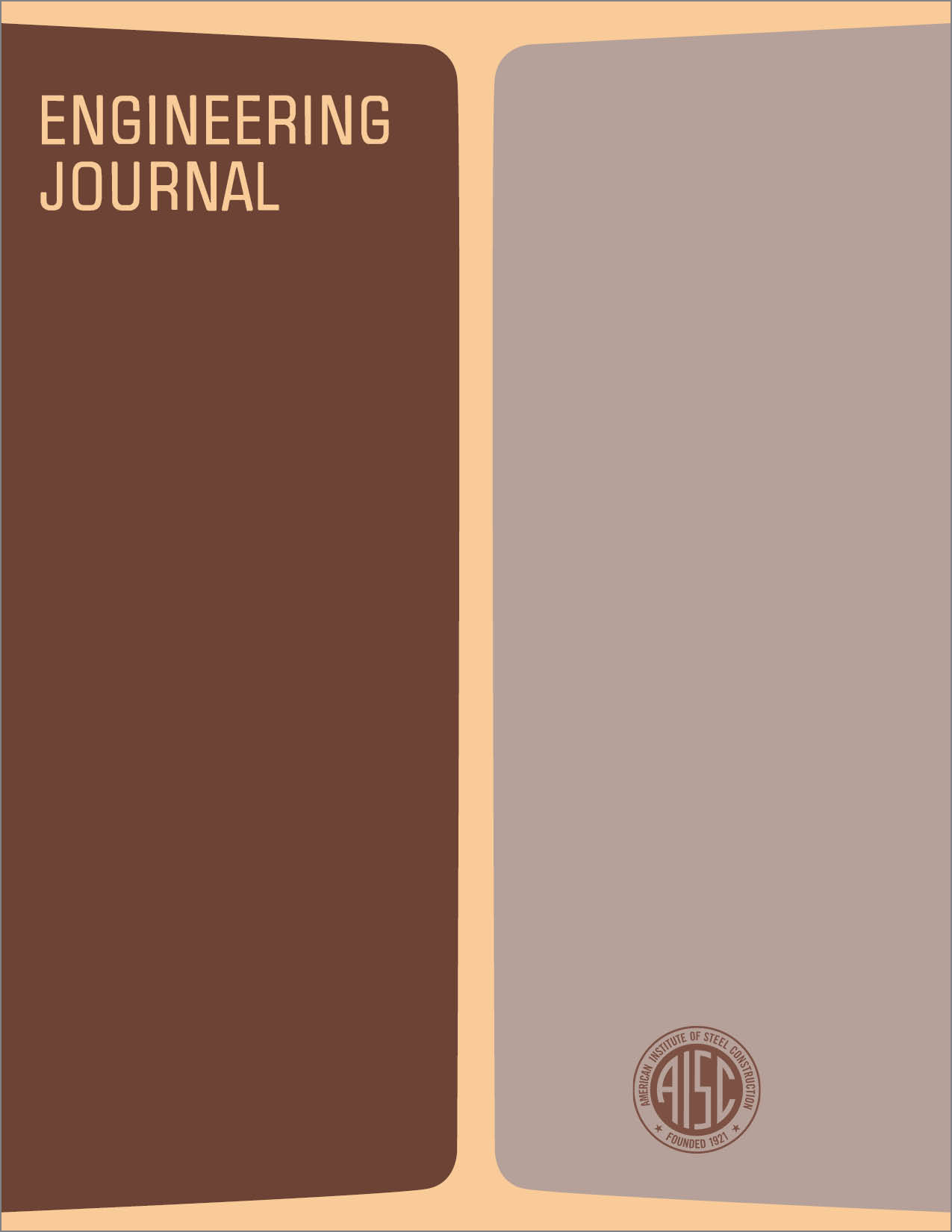A Unified Approach for Stability Bracing Requirements
DOI:
https://doi.org/10.62913/engj.v22i4.453Abstract
Columns and beam flanges in compression often require intermediate lateral bracing to satisfactorily carry the required load. Usually this is a finite number of braces at a spacing S. Many engineers are familiar with the ideal stiffness needed to fully brace the compression member over the length S, and that the required stiffness is generally taken as twice the ideal stiffness. If the compression member does not need to be fully braced at each support point, due to either the magnitude of loading required or the size of member used, considerably less bracing stiffness may be required than would be calculated. A means to evaluate an accurate value of required stiffness is important for examining structural members whose integrity is questionable because of limited bracing stiffness and strength, and for obtaining economical bracing design for members repeated many times in a structure. No simple technique other than continuous bracing expressions, exists for obtaining the less-than-full bracing integrity. In this paper, the bracing stiffness required for the range from continuous point bracing to a single point brace is presented. The required brace strength is also summarized. The bracing expressions are given in the form most familiar for point bracing. The expressions provide an understanding of the relationship between bracing stiffness and buckling behavior of the compression member. Furthermore, an expression for tangent modulus of elasticity is proposed as a means to apply the bracing expressions for all levels of critical load less than the yield load.

